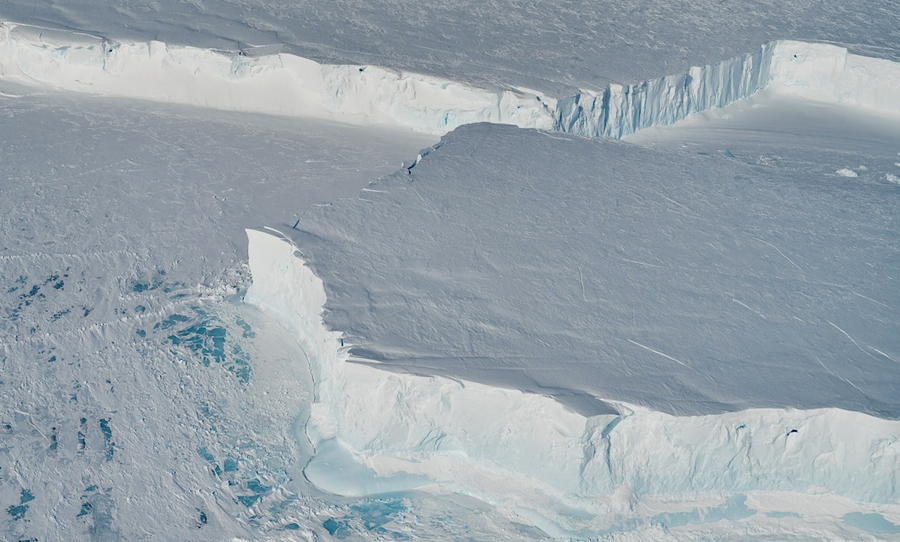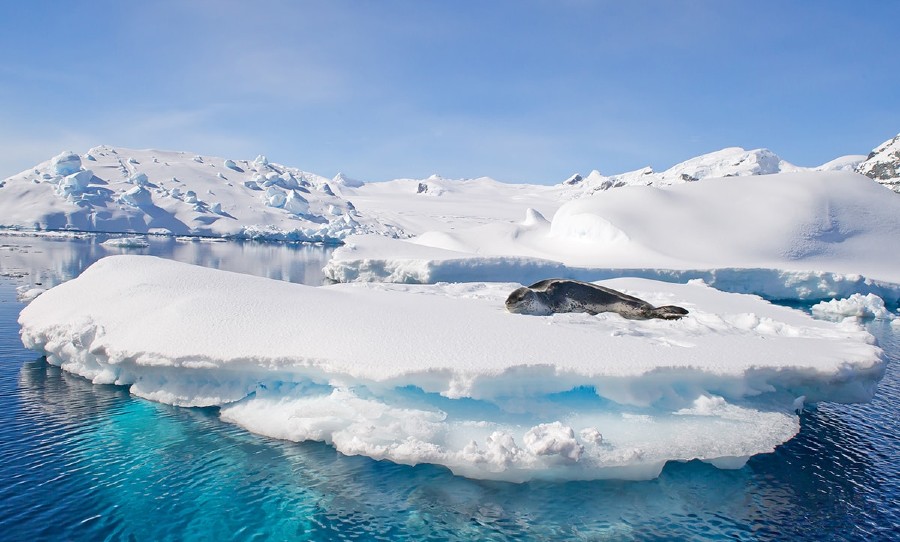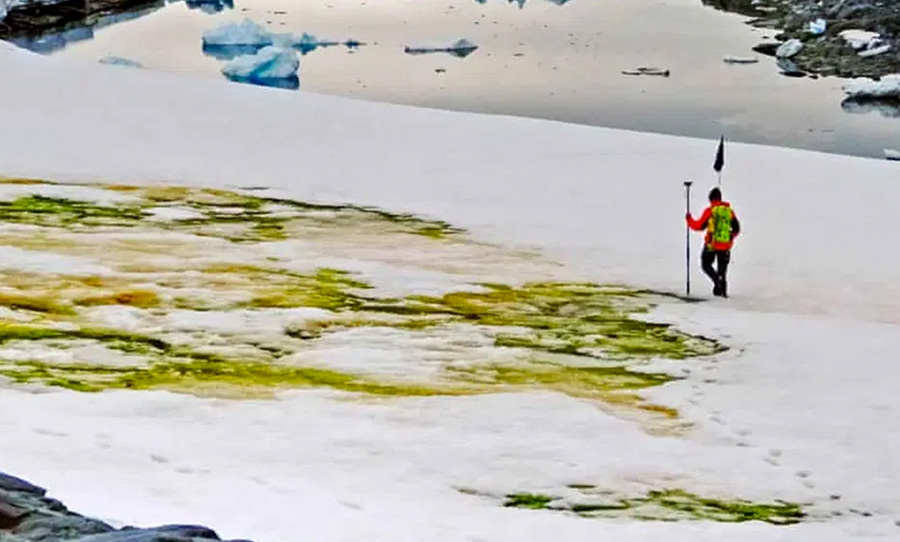Satellite images have shown a giant iceberg, larger than the size of New York, breaking off in Antarctica… should we be concerned?
The giant iceberg broke off the Northern part of the Brunt Ice Shelf in Antarctica, which is located near a British scientific outpost. The iceberg, which is larger than New York City, covers about 1,270 square kilometres. The break comes almost a decade after scientists at the British Antarctic Survey (BAS) first detected the growth of vast cracks in the ice.
The process of calving involves large chunks of ice that are broken off from ice shelves and discharged into the sea. The impact of calving can not necessarily be predicted, however, the BAS saw the first signs that a calving event was imminent when “a new chasm – called North Rift – headed towards another large chasm near the Stancomb-Wills Glacier Tongue 35 km away,” according to the BAS webpage.

Large break-offs from icebergs have been seen before. In 2017, Iceberg A-68 was almost five times bigger than the newest breakage when it was calved from the Larsen C Ice Shelf – that’s one mighty iceberg! Halley VI Research Station is where BAS has been stationed to observe the long-term natural changes in ice shelves. The station sits on Antarctica’s Brunt Shelf, which is 150 metres thick. Each year, the ice shift drifts two kilometres towards the sea. Periodically, the shelf calves off as icebergs, but this latest breakage is the largest that the Brunt Shelf has seen in 50 years.
The cause of these breakages? The effects of climate change have been felt in Antarctica, with parts of the continent being the fastest-warming globally. The ABC reports that the rate at which glaciers have been disintegrating has been a cause of concern for scientists. However, scientists from BAS have stated that although climate change is a huge threat for Antarctica, this calving event was simply a part of the ice shelves’ natural life cycle.
— Dj Rico (@ricopyuza) March 5, 2021
Aerial footage which was taken in February shows the calving event. The BAS team will continue closely watching and observing the newly formed iceberg to see what it will do next. Scientists study this data to produce models and attempt to predict how and when this may happen again in the future.
There she goes…
Enormous iceberg breaking free at the Brunt Ice Shelf, Antarctica 🇦🇶
Animation from 22 Feb to 6 March.
🎥 Via @Pierre_Markuse@sentinel_hub @CopernicusEU pic.twitter.com/F9TvwzhcZJ— Scott Duncan (@ScottDuncanWX) March 7, 2021



